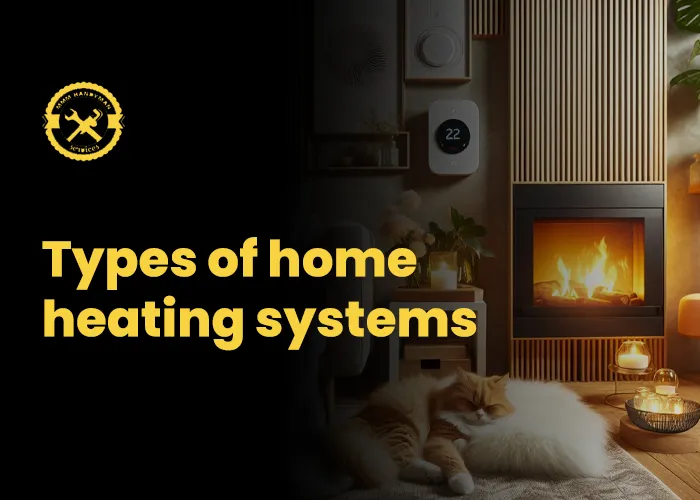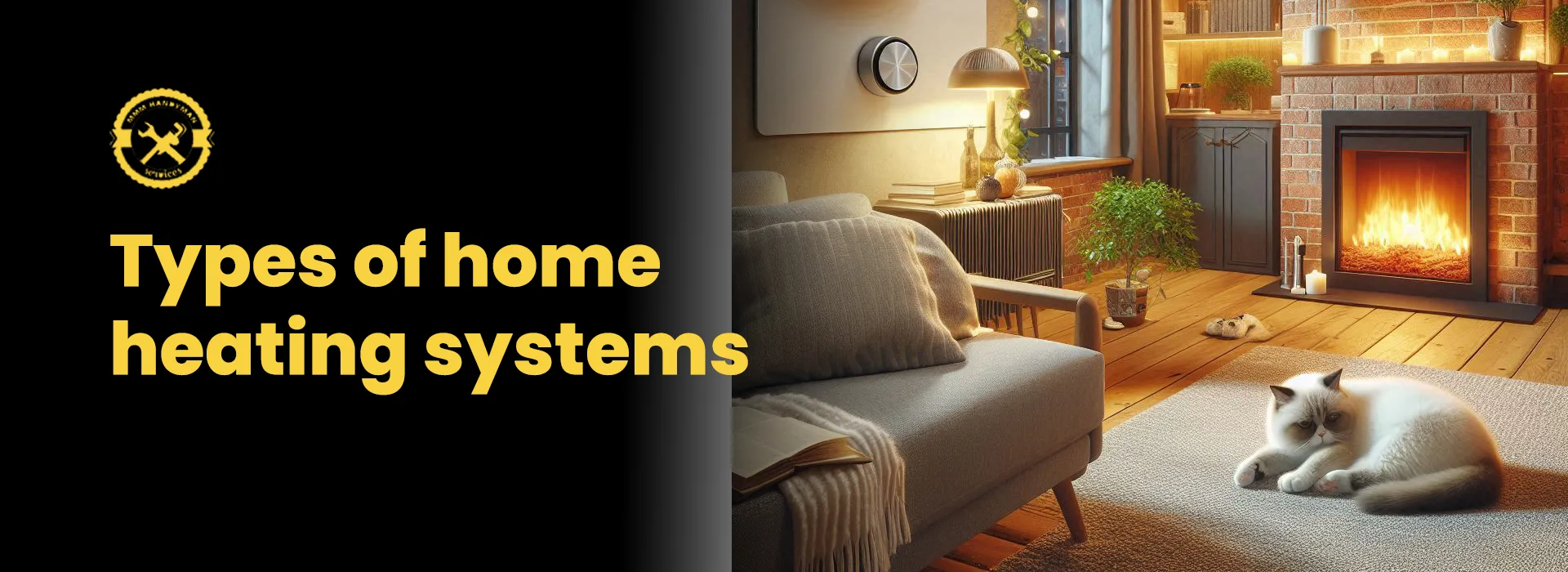
Heating systems play a crucial role in maintaining comfort in homes, especially in regions with cold weather. Choosing the right heating system is essential for both comfort and energy efficiency. Here’s a breakdown of the most common types of home heating systems, along with examples of each.
Table of Contents
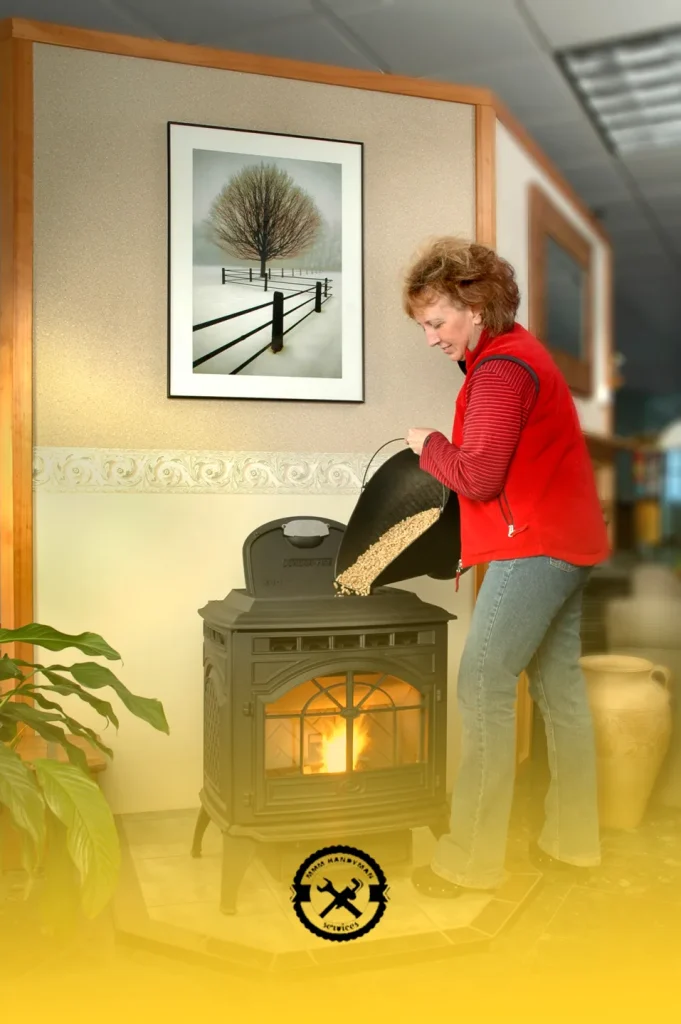
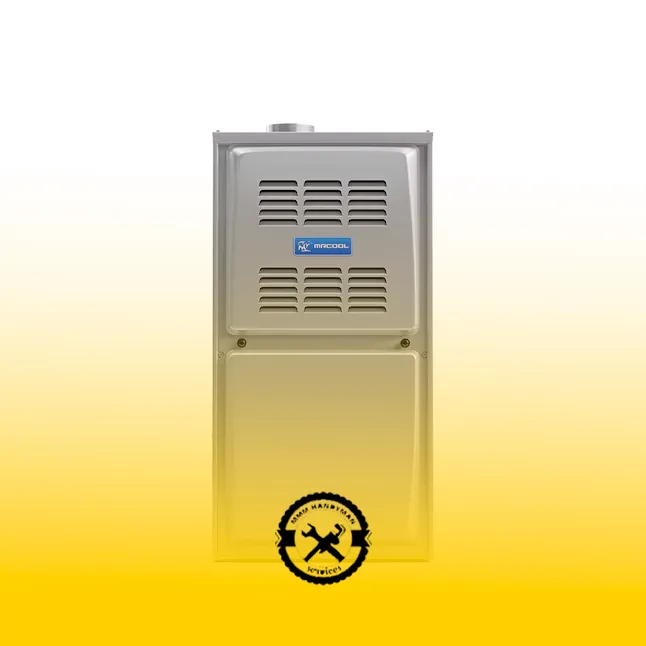
exhamples
- Furnaces (Forced Air Systems)
Description: Furnaces are among the most common heating systems used in homes. They work by heating air, which is then distributed throughout the home via ductwork and vents.
Fuel Source: Natural gas, propane, oil, or electricity.
How It Works: The furnace heats air in a heat exchanger, and a blower fan distributes the heated air through ducts to various rooms.
Examples:
Gas Furnace: Uses natural gas to heat air.
Electric Furnace: Uses electrical resistance heating.
Pros:
Quick heating.
Can be combined with a central air conditioning system.
Cons:
Ductwork can cause heat loss.
Requires regular maintenance.
- Boilers (Radiant Heating Systems)
Description: Boilers heat water to produce steam or hot water, which is then circulated through pipes to radiators, baseboard heaters, or radiant floor systems.
Fuel Source: Natural gas, oil, electricity, or propane.
How It Works: The boiler heats water, which is then circulated through radiators or under-floor pipes.
Examples:
Gas Boiler: Uses natural gas to heat water.
Oil Boiler: Common in areas without natural gas lines.
Pros:
Provides consistent, even heat.
Works quietly without air ducts.
Cons:
Slower to heat up a space.
More expensive to install than furnaces.
- Heat Pumps
Description: Heat pumps can both heat and cool a home by transferring heat rather than generating it directly. In the winter, they extract heat from outside and bring it indoors.
Fuel Source: Electricity.
How It Works: Heat pumps use refrigerants to absorb heat from the outside air (even in cold weather) and transfer it indoors.
Examples:
Air Source Heat Pump: Extracts heat from the air.
Geothermal Heat Pump: Extracts heat from the ground.
Pros:
Highly energy-efficient.
Can be used for both heating and cooling.
Cons:
Less effective in very cold climates unless using a geothermal system.
Higher upfront cost for geothermal systems.
- Radiant Floor Heating
Description: Radiant floor heating systems use hot water or electricity to heat the floors, which in turn heat the room. This creates a comfortable, even heat throughout the space.
Fuel Source: Electricity or hot water (hydronic).
How It Works: Pipes or electric cables are installed under the floor. Heat radiates upward, warming the room.
Examples:
Hydronic Radiant Floor System: Uses hot water circulated through pipes.
Electric Radiant Floor System: Uses electrical heating cables.
Pros:
Comfortable, even heat.
No need for ductwork or radiators.
Cons:
Expensive installation.
Slower response time to temperature changes.
- Electric Baseboard Heaters
Description: Electric baseboard heaters are mounted along the baseboards of rooms. They provide zone heating, which means each room can be controlled individually.
Fuel Source: Electricity.
How It Works: Electric baseboard heaters convert electricity into heat using metal heating elements.
Examples:
Convection Baseboard Heater: Uses natural air convection to circulate heat.
Pros:
Easy to install.
Good for supplemental heating.
Cons:
Higher operational costs due to electricity usage.
Not suitable for large spaces.
- Wood-Burning or Pellet Stoves
Description: Wood and pellet stoves provide heat by burning wood or compressed pellets made of biomass materials. They are typically used as supplemental heating sources.
Fuel Source: Wood or biomass pellets.
How It Works: The stove burns the wood or pellets to generate heat, which radiates into the room.
Examples:
Wood Stove: Burns firewood.
Pellet Stove: Uses pellets, which are more efficient and produce less smoke.
Pros:
Provides a cozy, rustic atmosphere.
Can be used during power outages.
Cons:
Requires regular fueling and maintenance.
Limited to heating the space where it’s installed.

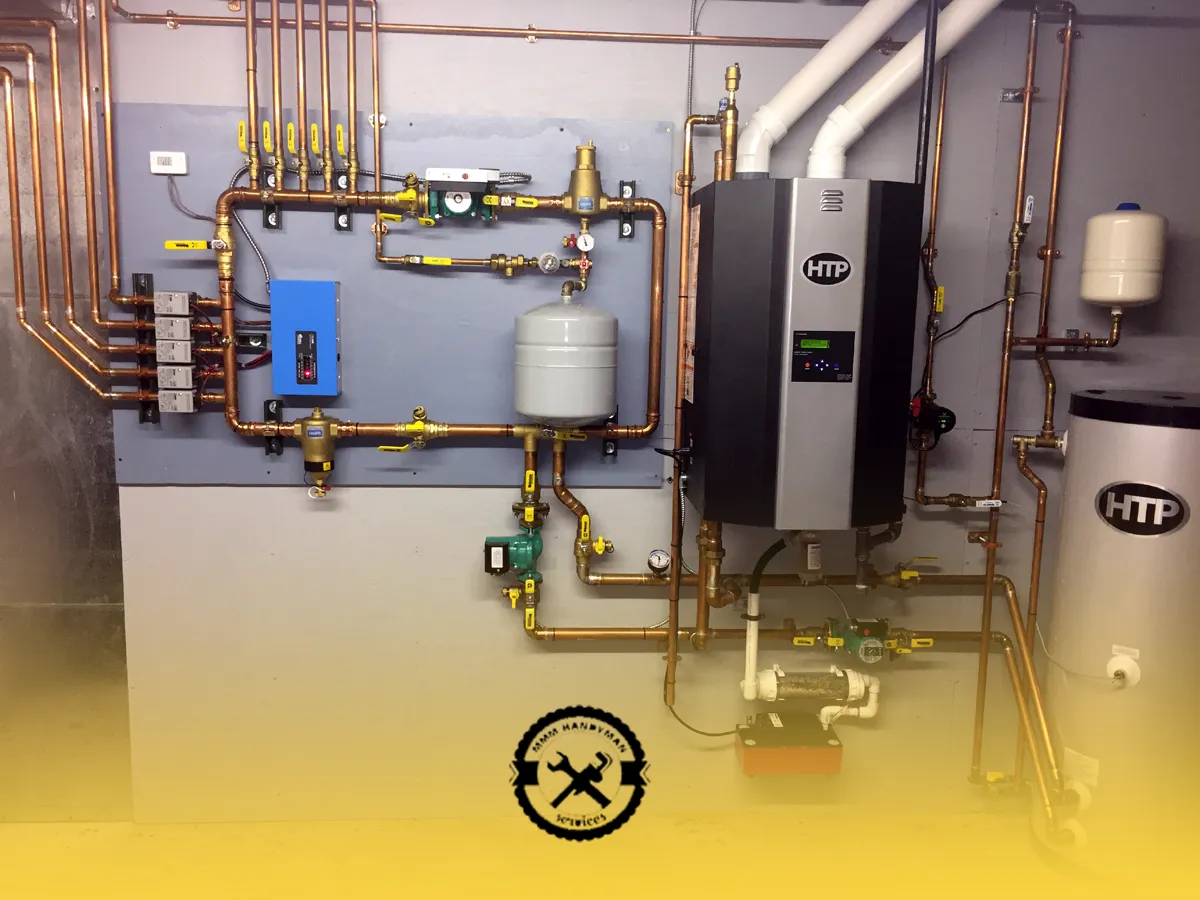

Conclusion
Each heating system has its advantages and disadvantages depending on your location, energy costs, and personal preferences. Whether you prefer the rapid warmth of a furnace, the efficiency of a heat pump, or the cozy ambiance of a wood stove, there’s a heating solution to fit every home.

